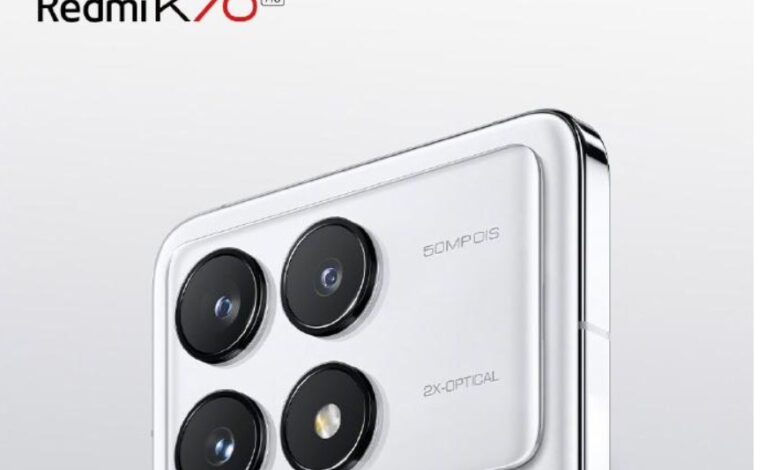
Redmi K product positioning by Xiaomi Wang Teng
Xiaomi has officially confirmed today that the Redmi Turbo 3, the inaugural device of their new series in the current decade, will be launched this month. The new phone is internally referred to as “Little Tornado”. Following that, Wang Teng, the general manager of the Redmi brand, additionally declared the product’s positioning for the upcoming decade.
The K series is positioned as a technological performance flagship and has fully evolved into a high-end flagship.
Redmi K product positioning by Xiaomi Wang Teng
The Turbo series is positioned as a cutting-edge performance flagship, revolutionizing the mid-range performance market.
The Note series aims to establish itself as the standard for mid-range user experience, while also accelerating the widespread adoption of flagship-level features.
The digital series is positioned as a top-notch machine for beginners, elevating the industry’s standard level of experience.
Wang Teng stated that in the new decade of Redmi, the objective remains the same, but the problems have been enhanced. We will persist in prioritizing cost-effectiveness and maintaining high quality. We will also remain committed to advancing the development of the domestic supply chain and promoting high-end products. Our ultimate goal is to establish ourselves as the preferred technology brand for the new generation.
Additionally, he stated that over the past two years, he has achieved significant accomplishments in the examination of two iterations of high-performance devices, namely the Note 11T Pro and Note 12 Turbo. The inaugural product of the latest series is titled “Turbo 3” and will be furnished with the cutting-edge Snapdragon 8 series flagship core.
The Redmi Turbo 3 mobile phone is anticipated to come with the Snapdragon 8s Gen 3 processor, which shares the same advanced CPU core architecture as the third-generation Snapdragon 8 flagship platform. This includes a high primary frequency. The system consists of 3.0GHz super cores, 4 performance cores with a maximum clock speed of 2.8GHz, and 3 efficiency cores operating at 2.0GHz. The frequency of these cores are inferior to those of the Snapdragon 8 Gen 3.
Moreover, there exist disparities in graphics processing. The Snapdragon 8s Gen 3 utilizes the Adreno 735 GPU instead of the Adreno 750 found in the Snapdragon 8 Gen 3, resulting in the absence of global lighting effects. The memory specs of Snapdragon 8s Gen 3 have been significantly decreased, with support for a maximum of 24GB LPDDR5X memory. However, the frequency is only 4200MHz, which is inferior to the 4800MHz of Snapdragon 8 Gen 3.



